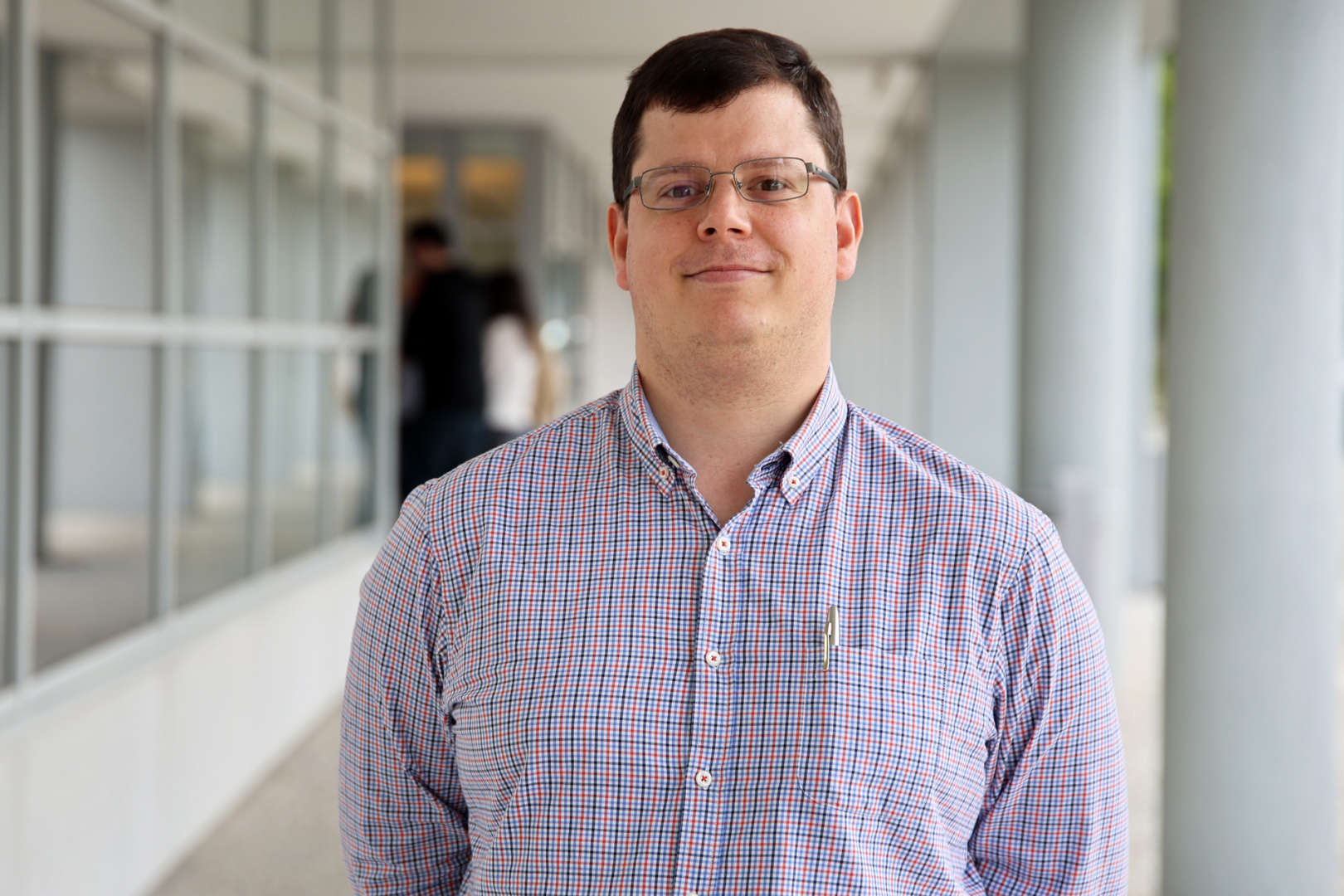About
I enjoy working in control and automation.
I started my professional life in Engineering Physics, in the development of Software and Firmware, Electrotechnics and Electronics, as a fellow at the Instituto Superior Técnico and at the European Space Agency (ESA) in Noordwijk, Netherlands. There I gained experience in software development, firmware and data analysis.


